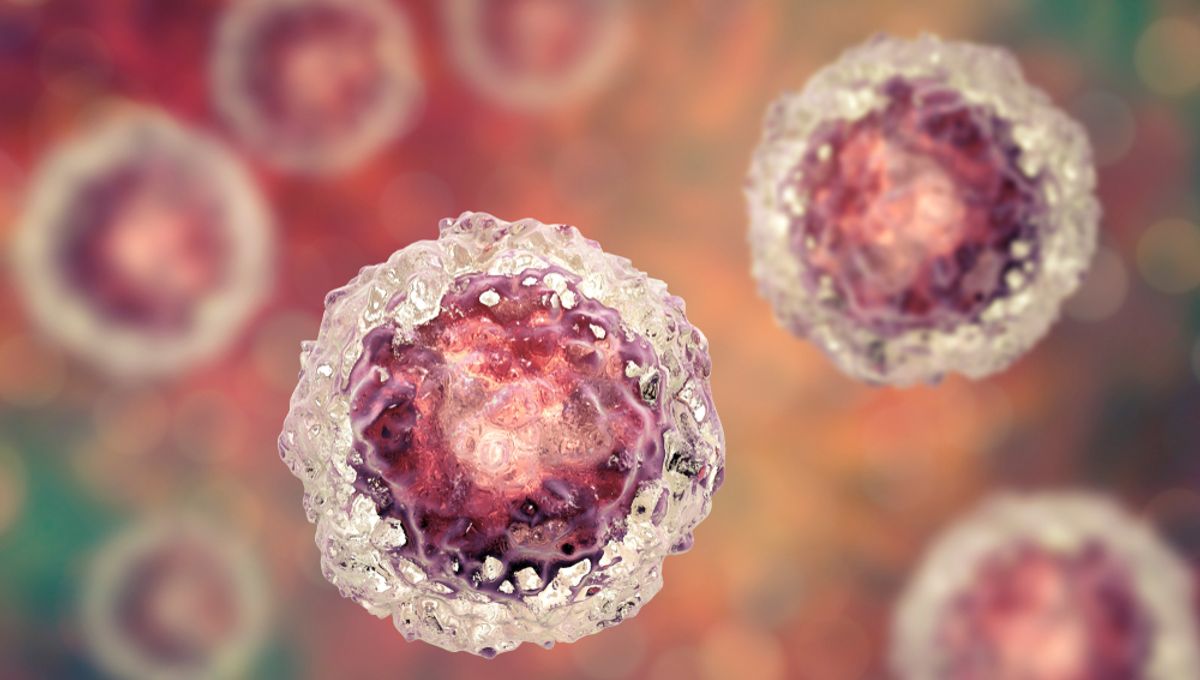
A woman in New York has been in remission from HIV for more than four years after being treated with stem cells carrying a gene that confers resistance to the virus. Originally the third person to be potentially cured of HIV (there has subsequently been a fourth and fifth), the so-called “New York patient” is the first individual identifying as mixed race to be successfully treated, indicating that this approach may work for people of all racial backgrounds.
Four white men – including the Berlin patient, the London patient and the Düsseldorf patient – have been rid of the virus after receiving stem cell transplants from genetically compatible adult donors carrying two copies of the CCR5-delta32 mutation, which prevents HIV from entering cells. However, finding suitable donors is extremely challenging as less than one percent of white people possess two copies of this gene, while the rate is even lower in other populations.
To overcome this obstacle, doctors infused the New York patient with stem cells from the umbilical cord blood of an unrelated newborn. Stem cells from one of the patient’s relatives were also added to the mix in order to reduce the chances of the transplant being rejected.
Initially announcing the success of the procedure in February 2022, the researchers have now published a study documenting the patient’s recovery. In their write-up, they explain that the patient was able to stop taking antiviral medication for HIV 37 months after receiving the transplant, and had remained free of the disease for a further 18 months at the time of publication. She has now been off all medications for 30 months with no sign of the illness returning.
“The HIV epidemic is racially diverse, and it’s exceedingly rare for persons of color or diverse race to find a sufficiently matched, unrelated adult donor,” said study author Yvonne Bryson in a statement. “Using cord blood cells broadens the opportunities for people of diverse ancestry who are living with HIV.”
Despite the success of this approach, the researchers note that it is highly invasive as it requires the use of chemotherapy or radiotherapy to destroy patients’ immune systems prior to receiving the transplant. They also reveal that numerous patients have died after developing graft-versus-host disease, which occurs when the transplanted white blood cells attack the recipient’s bone marrow.
For this reason, they insist that the procedure “should be considered at this time only in PLWH [people living with HIV] who have another potential life-threatening disease that requires a transplant.” All of the patients treated to date were suffering from both HIV and cancer, and required stem cell transplants to help them overcome the latter condition.
“Stem cell transplants with CCR5-delta32/32 cells offer a two-for-one cure for people living with HIV and blood cancers,” says study author Deborah Persaud. “This study is pointing to the really important role of having CCR5-delta32/32 cells as part of stem cell transplants for HIV patients, because all of the successful cures so far have been with this mutated cell population, and studies that transplanted new stem cells without this mutation have failed to cure HIV.”
The study is published in the journal Cell.
Source Link: First Mixed-Race Patient Cured Of HIV Using Umbilical Cord Stem Cells